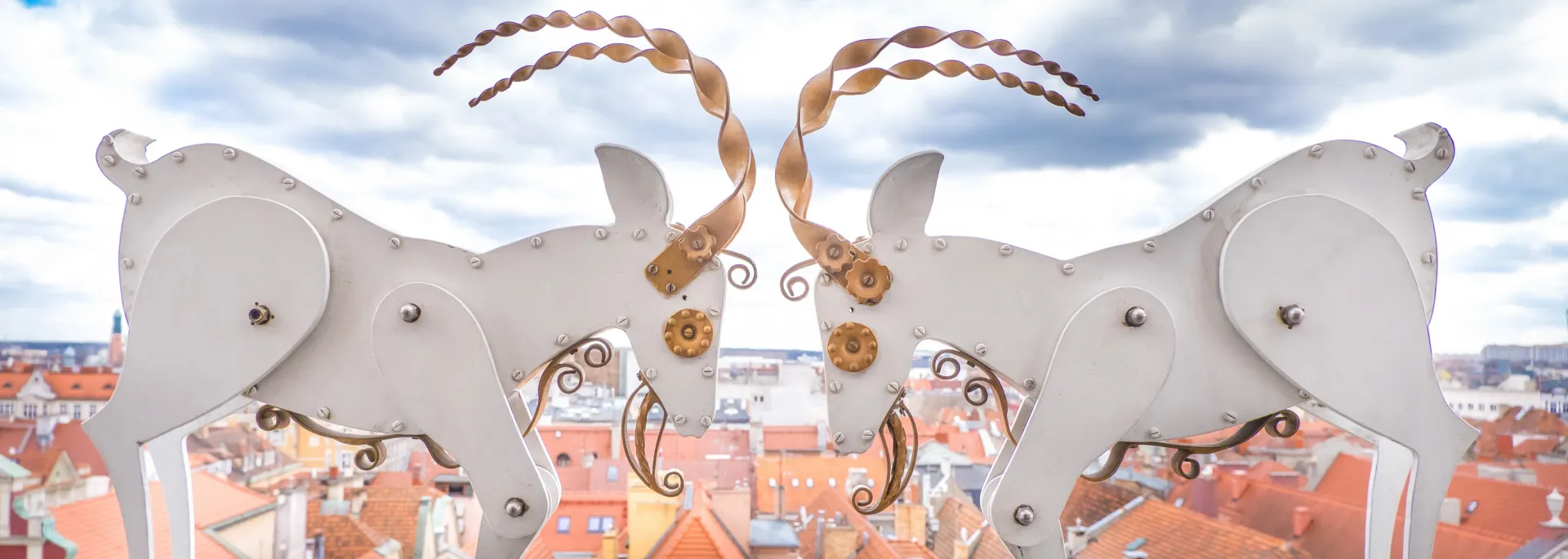Czy wiecie, że dziś, znaczy się 14 kwietnia obchodzimy Święto Chrztu Polski? Być może właśnie tego konkretnie dnia w 966 dnia książę Mieszko I dał się ochrzcić. Podobno sporo w tej sprawie zadziałała księżniczka czeska Dobrawa. Czy użyła argumentu czytelniczego ("Nie czytasz, nie idę z tobą... itd.")? ;) Nie wiemy. Za to wiemy, że możecie w Miasto Poznań zobaczyć sporo miejsc i pamiątek związanych z tamtymi wydarzeniami. To między innymi 👉 Ostrów Tumski, a tam ślady palatium (można usiąść na kamieniu tronowym!) i najstarsza w Polsce katedra, Rezerwat Archeologiczny Genius Loci, gdzie można zobaczyć relikty wałów grodu z X wieku, instalacja "Przekrój (P)poznania", pokazująca jak wielkie te wały były, Brama Poznania, która Wam objaśni o co tam chodziło, a także Ratusz - Muzeum Poznania, w którym wśród wielu eksponatów można zobaczyć niepozorne, ale cenne fragmenty grobów Mieszka I i jego syna Bolesława Chrobrego - pierwszego króla Polski 👑 Sounds like pomysł a wycieczkę, jak pisał kronikarz Thietmar 🚶♂️🚶♀️



